Product Description
by Beate Hammett with illustrations by Belinda Pring
Suitable for Young Readers – Above age 10
On the eve of the Holocaust, thousands of parents made the agonising decision to send their children out of Nazi Germany. German-Jewish and foreign organisations worked hard to assemble and to dispatch Kindertransport (children’s transport) which brought more than 18,000 ‘unaccompanied children’ into safe havens abroad.
Some youngsters found refuge in Switzerland and Sweden, others in Holland and America. A celebratory mood accompanied the departure of more than 3,000 teens who, under the auspices of the Zionist Youth Aliyah, settled in their new homeland in Eretz Israel. A handful of Palestine Pioneers from the Silesian agricultural training centre in Gross-Breesen arrived in Australia. Polish orphans from Bialystok ended up in Wellington, New Zealand. Great Britain welcomed the largest group. In the aftermath of Kristallnacht, the infamous pogrom unleashed against the Jews in November 1938, around 10,000 children were placed in foster families or hostels. In 1939, the British humanitarian Nicholas Winton rescued 669 teens from the Czech lands. The outbreak of Word War II put an end to the Kindertransport, one of the largest rescue operations prior to the destruction of European Jewry. The life-saving departure of the children destroyed family ties, a cornerstone of Jewish life. The parting at railway stations proved to be most painful and traumatic.
Children and parents remained in contact via letters clinging to the hope they would soon be reunited. A popular expression, Aus Kindern wurden Briefe (Children turned into letters), reveals the despair. In most cases these signs of life ended abruptly when parents and relatives were deported and murdered in ghettos and camps.
Yet, many children experienced their journey into a new, unknown world as a great adventure. Others, particularly in England, suffered loneliness and ill treatment, abuse and conversion to Christianity. After the war, many continued their journeys, settling down in America, in Israel and in other countries, including Australia.
Beate Hammett’s autobiography is a wonderful and moving eye-witness account. It offers us a historical vignette of her kindertransport and of her experiences gained during a long journey to freedom.
Konrad Kwiet
Resident Historian
Sydney Jewish Museum
9780994636805

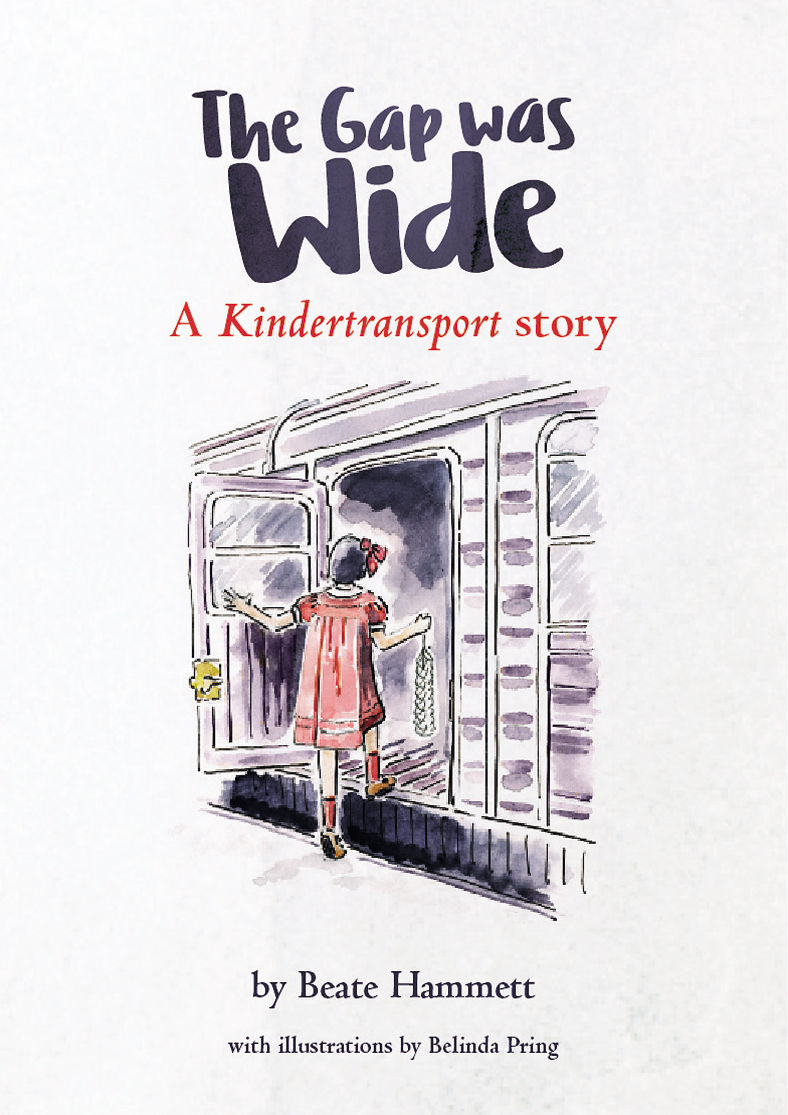
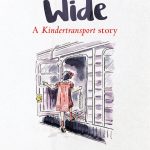
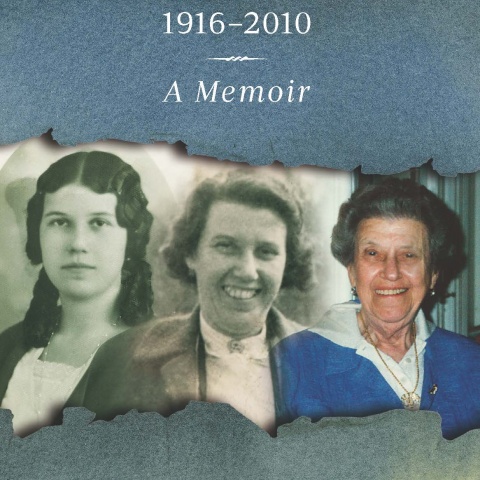
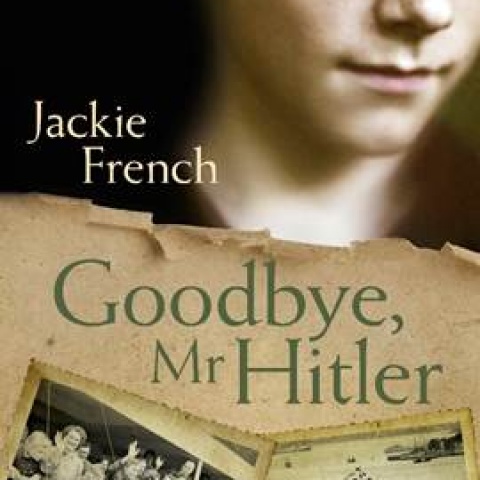
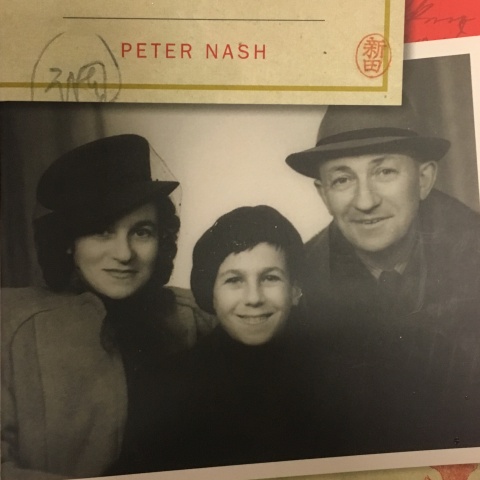
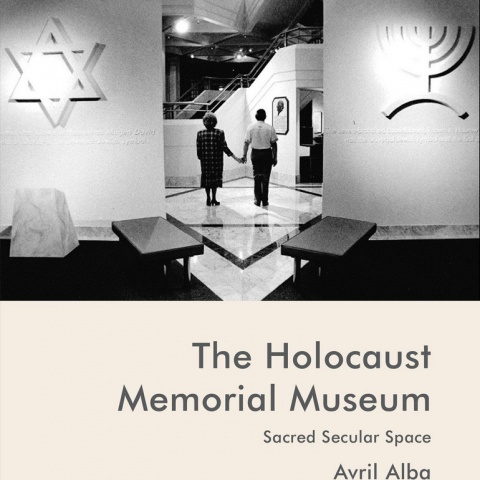

What’s On Newsletter
Keep up to date on all Museum events and exhibitions.